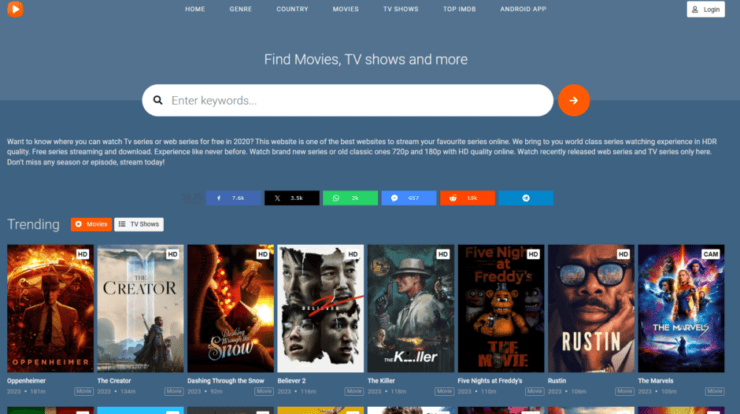
The major difference between a conventional CMC and a headless CMS is the ability to edit metadata in a better way depending on the device being used.
According to Contentful, “A headless CMS is any type of back-end content management system where the content repository body is separated or decoupled from the presentation layer head.”
Considering the fact that a traditional CMS is connected to your domain and offers much control on how control is delivered, using platforms like Drupal or WordPress makes it easy for developers to write descriptions, page titles, and other meta tags.
If you’re wondering what are the best practices for Headless CMS and SEO best practices, this article is for you.
Search engine optimization generally has a bad perception of being complex and time-consuming. This is mainly attributed to how Google keeps changing its algorithms and how they work.
Despite all these challenges, there’s no doubt that SEO is a great way to establish a strong online presence.
Before engaging in any SEO technique, there are three SEO building blocks that every marketer should know. This includes website performance, page structure, and robust foundations for content creators.
Below are best practices for headless CMS SEO
1. Focus on speed and page performance
It is true that loading speed generally favors single-page applications developed using Vue and React. But there are several SEO challenges that can be prevented by taking necessary precautions.
It is always important to include a metadata component. If a component cannot be read properly, then it will be assumed to be empty. To solve or prevent this problem, take a look at the React Helmet.
2. Utilize the knowledge graph
The knowledge graph is a tool commonly used by Google and its related service providers to improve SERP with the help of data collected from various sources. Based on your case, structured data may cause Google’s knowledge graph to provide readers with relevant links and better results.
3. Use HTTPS
Learn to secure interaction with users by upgrading to HTTPS. Most users are often concerned about websites that are not secure by default. Besides, HTTPS websites tend to load faster and this is an added advantage considering the fact that page speed helps in better ranking.
4. Keyword search
Keywords are often considered the engine of SEO. Without relevant and well-researched keywords, it will be difficult for any SEO strategy to be effective.
Benefits of Headless CMS for SEO
-
Flexibility
It allows much control when it comes to the design of a website because all the limitations from the traditional CMS framework are eliminated.
-
Compatibility
Content can easily be displayed on almost any device – using similar content from a single database. This is important because more devices such as IoT and smartwatches keep coming up every year.
-
Scalability
You can easily scale upwards or downwards your website’s requirements depending on the demands of your business.
-
Security
Separating content stored in the frontend and one store in the backend minimizes the risk of cyberattacks.
Bottom line
Search engine optimization is not rocket science. What matters most is how you implement your SEO strategy. One of the things you can do is to put in place a technical foundation before your marketing teams start to generate content.


